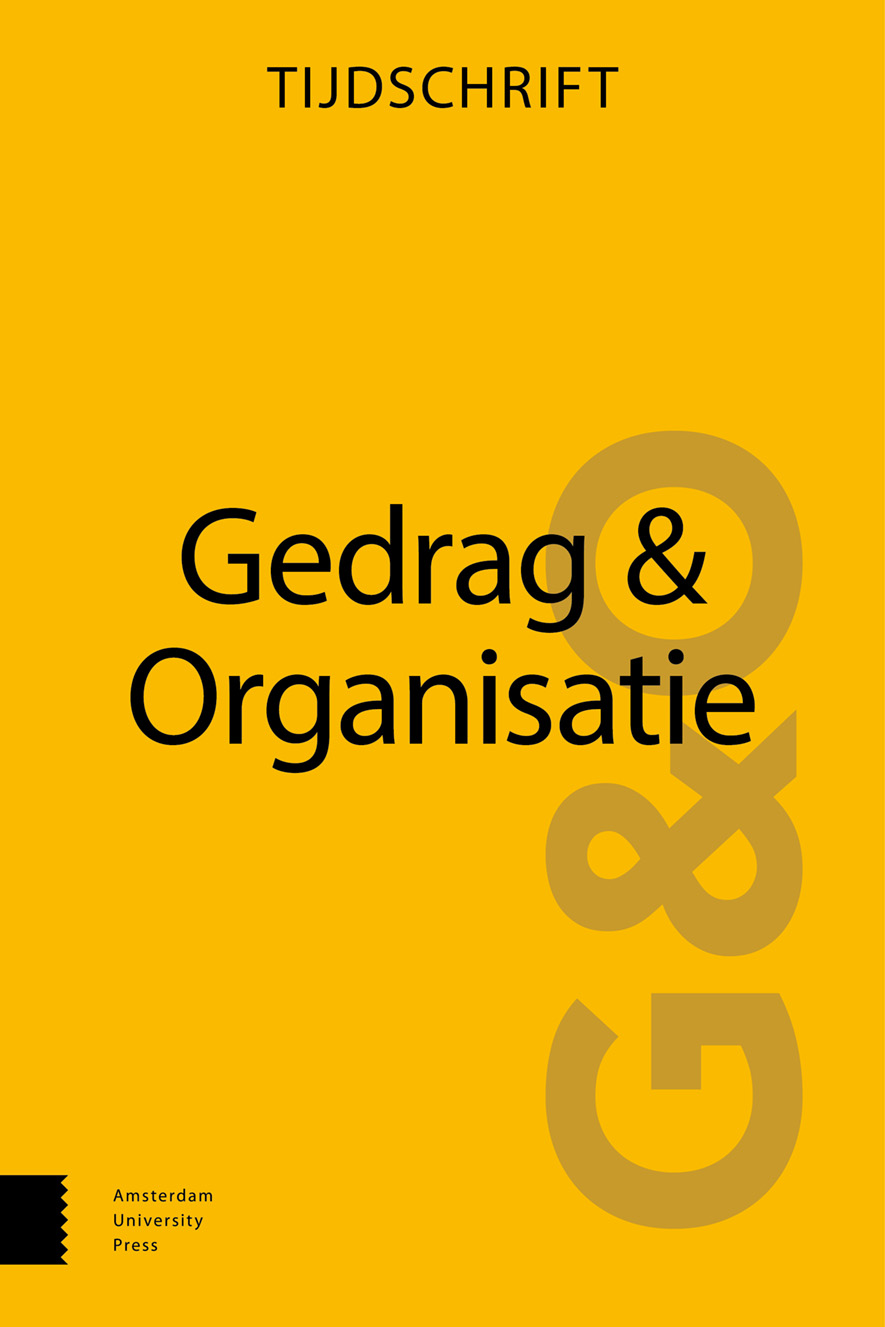
Full text loading...
We use cookies to track usage and preferences.I Understand
 , Bram van Baarle2 & Eva Derous3
, Bram van Baarle2 & Eva Derous3
Back on track after burnout with the Burnout Reintegration Monitor: A measurement of work resumption quality and its determinants
Psychological literature has long acknowledged the elements that contribute to burnout, yet many workers still drop out due to burnout. Therefore, this paper focuses on reintegration following an extended leave due to severe burnout. Extending on the findings of the dissertation of Rooman (2023), it describes the valorization and practical application of the ‘Burnout Reintegration Monitor’: an evidence-based and accessible tool with which workers who resumed their jobs after burnout can monitor their reintegration process and thus gain insight into concrete action points in terms of obstructing and promoting factors for the quality of their reintegration. Following completion, each participant is given a personalized feedback report. This raises awareness, which might be the first step toward improving the reintegration process. The tool is included in the website www.re-integratiebalans.be, which provides resources for workers, employers, and job coaches to improve the success rate of reintegration processes following burnout.

Article metrics loading...

Full text loading...
References


Data & Media loading...

